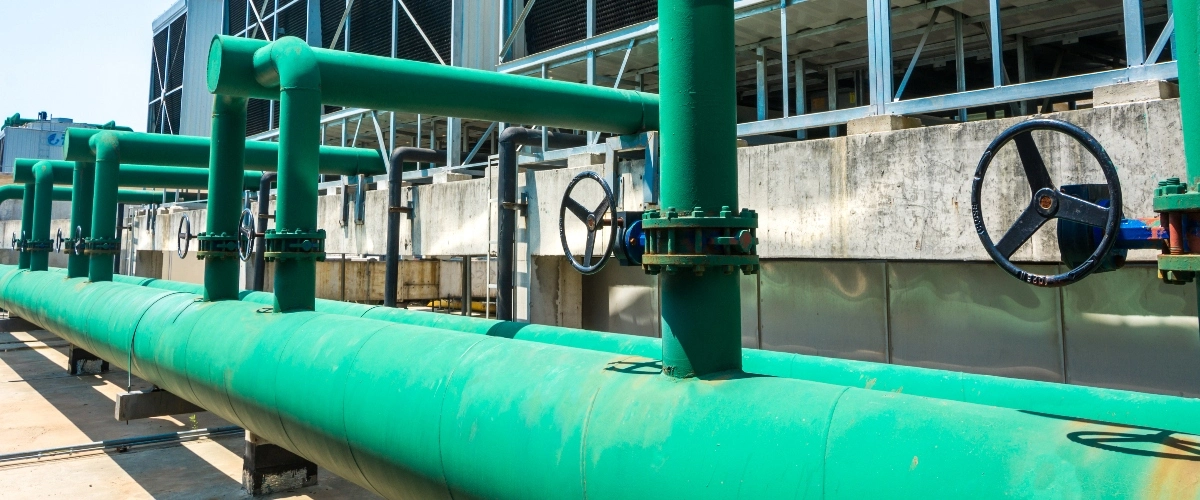[fusion_builder_container type=”flex” hundred_percent=”no” equal_height_columns=”no” menu_anchor=”” hide_on_mobile=”small-visibility,medium-visibility,large-visibility” class=”” id=”” background_color=”” background_image=”” background_position=”center center” background_repeat=”no-repeat” fade=”no” background_parallax=”none” parallax_speed=”0.3″ video_mp4=”” video_webm=”” video_ogv=”” video_url=”” video_aspect_ratio=”16:9″ video_loop=”yes” video_mute=”yes” overlay_color=”” video_preview_image=”” border_color=”” border_style=”solid” padding_top=”” padding_bottom=”” padding_left=”” padding_right=””][fusion_builder_row][fusion_builder_column type=”1_1″ layout=”1_1″ background_position=”left top” background_color=”” border_color=”” border_style=”solid” border_position=”all” spacing=”yes” background_image=”” background_repeat=”no-repeat” padding_top=”” padding_right=”” padding_bottom=”” padding_left=”” margin_top=”0px” margin_bottom=”0px” class=”” id=”” animation_type=”” animation_speed=”0.3″ animation_direction=”left” hide_on_mobile=”small-visibility,medium-visibility,large-visibility” center_content=”no” last=”true” min_height=”” hover_type=”none” link=”” border_sizes_top=”” border_sizes_bottom=”” border_sizes_left=”” border_sizes_right=”” first=”true”][fusion_text columns=”” column_min_width=”” column_spacing=”” rule_style=”” rule_size=”” rule_color=”” hue=”” saturation=”” lightness=”” alpha=”” content_alignment_medium=”” content_alignment_small=”” content_alignment=”” hide_on_mobile=”small-visibility,medium-visibility,large-visibility” sticky_display=”normal,sticky” class=”” id=”” margin_top=”” margin_right=”” margin_bottom=”” margin_left=”” fusion_font_family_text_font=”” fusion_font_variant_text_font=”” font_size=”” line_height=”” letter_spacing=”” text_transform=”” text_color=”” animation_type=”” animation_direction=”left” animation_color=”” animation_speed=”0.3″ animation_delay=”0″ animation_offset=”” logics=””]
Overview of the Problem
Modern society produces vast amounts of wastewater, which often contains various contaminants such as oil, grease, and fat. These substances are commonly found in wastewater streams originating from sources like cooking oil, food processing, and municipal sewer systems. When not properly managed, they can lead to issues such as solid buildup in sewer lines, overflow in lift stations, and contamination in wastewater treatment plants.
[/fusion_text][fusion_table_of_contents allowed_heading_tags=”h2,h3,h4″ limit_container=”post_content” select_custom_headings=”” ignore_headings_by_classes=”” ignore_headings_by_words=”” hide_hidden_titles=”yes” highlight_current_heading=”no” enable_cache=”yes” hide_on_mobile=”small-visibility,medium-visibility,large-visibility” class=”” id=”” margin_top=”” margin_right=”” margin_bottom=”” margin_left=”” padding_top=”” padding_right=”” padding_bottom=”” padding_left=”” fusion_font_family_item_font=”” fusion_font_variant_item_font=”” item_font_size=”” item_line_height=”” item_letter_spacing=”” item_text_transform=”” counter_type=”none” icon=”fa-flag fas” counter_separator=”dot” custom_counter_separator=”” list_indent=”” item_text_overflow=”no” item_color=”” hue=”” saturation=”” lightness=”” alpha=”” counter_color=”” item_color_hover=”” item_bg_color_hover=”” hover_counter_color=”” item_highlighted_color=”” item_highlighted_bg_color=”” highlighted_counter_color=”” item_hover_highlighted_color=”” item_hover_highlighted_bg_color=”” highlighted_hover_counter_color=”” item_padding_top=”” item_padding_right=”” item_padding_bottom=”” item_padding_left=”” item_radius_top_left=”” item_radius_top_right=”” item_radius_bottom_right=”” item_radius_bottom_left=”” item_margin_top=”” item_margin_bottom=”” animation_type=”” animation_direction=”left” animation_color=”” animation_speed=”0.3″ animation_delay=”0″ animation_offset=”” /][fusion_text columns=”” column_min_width=”” column_spacing=”” rule_style=”” rule_size=”” rule_color=”” hue=”” saturation=”” lightness=”” alpha=”” content_alignment_medium=”” content_alignment_small=”” content_alignment=”” hide_on_mobile=”small-visibility,medium-visibility,large-visibility” sticky_display=”normal,sticky” class=”” id=”” margin_top=”” margin_right=”” margin_bottom=”” margin_left=”” fusion_font_family_text_font=”” fusion_font_variant_text_font=”” font_size=”” line_height=”” letter_spacing=”” text_transform=”” text_color=”” animation_type=”” animation_direction=”left” animation_color=”” animation_speed=”0.3″ animation_delay=”0″ animation_offset=”” logics=””]
Importance of Removing Oil and Grease from Wastewater
Removing oil and grease from wastewater is crucial for maintaining the efficiency and longevity of municipal wastewater treatment systems. If left untreated, oil and grease can cause clogs in sewer systems, leading to costly repairs and environmental damage. Efficient solutions, such as grease interceptors, grease traps, and chemical treatments, are essential for ensuring that these harmful substances do not end up in the wastewater streams sent to the city’s treatment plants.
Challenges in Wastewater Treatment
Managing oil and grease in sewer systems poses significant challenges in wastewater treatment. The presence of these substances can lead to various issues such as clogs and solid buildup, affecting the smooth operation of sewer systems. Additionally, overflows in lift stations and contamination in treatment plants can result from the improper disposal of oil and grease.
Impact of Oil and Grease in Sewer Systems
The presence of oil and grease in sewer systems can lead to clogs, causing blockages that hinder the flow of wastewater. Solid buildup in sewer lines can restrict the conveyance of wastewater, leading to backups and overflows that pose health and environmental risks. Addressing the impact of oil and grease is essential to maintain the functionality of sewer systems.
Current Methods of Removing Oil and Grease
Traditionally, oil and grease are removed from wastewater using methods such as grease traps, grease interceptors, and chemical treatments. These techniques aim to separate oil and grease from the water, preventing them from entering the municipal treatment plants. However, there is a need for more efficient technologies to enhance the removal of oil and grease from wastewater streams.
Efficient Technologies for Oil and Grease Removal
Efficient oil separation techniques play a vital role in wastewater treatment processes. Continuous oil separation methods, such as dissolved air flotation (DAF), are effective in removing oil and grease from wastewater streams by creating buoyant forces to separate them. Cost-effective approaches, such as using oil skimmers with free-floating collector tubes, offer successful examples of efficiently removing oil and grease from wastewater.
Continuous Oil Separation Techniques
Continuous oil separation techniques like DAF utilize air bubbles to float oil and grease to the surface for removal. This method enables the efficient separation of oil and grease from wastewater, reducing the need for chemical treatments and enhancing the overall treatment process. Implementing continuous oil separation techniques can improve the quality of treated wastewater and minimize environmental impacts.
Cost-Effective Approaches for Grease Removal
Cost-effective approaches for grease removal, such as utilizing oil skimmers with free-floating collector tubes, offer efficient solutions for removing grease from wastewater streams. These approaches not only help in reducing operational costs but also contribute to the overall effectiveness of wastewater treatment systems. Implementing innovative and cost-effective technologies is crucial for sustainable grease removal and wastewater treatment.
Benefits of Efficient Oil and Grease Removal
Environmental Benefits
Efficient oil and grease removal from wastewater offers significant environmental benefits. By preventing these contaminants from entering water bodies, the risk of environmental pollution is reduced. This helps in preserving aquatic ecosystems and maintaining water quality for both human consumption and wildlife habitats.
Turning Fat into Profit – Sale of Collected Oil
One of the advantages of efficient oil and grease removal is the potential for turning fat into profit. The collected oil can be sold or repurposed for various uses such as biofuel production, creating a sustainable revenue stream. This not only offsets the cost of wastewater treatment but also promotes the concept of waste-to-resource, contributing to a more circular economy.
Conclusion
Summary of Efficient Solutions
Efficient solutions for removing oil and grease from wastewater are essential for maintaining the functionality of municipal wastewater treatment systems. Technologies like grease interceptors, grease traps, and continuous oil separation methods play a crucial role in ensuring the efficient removal of contaminants.
Future of Wastewater Treatment
The future of wastewater treatment lies in the development of advanced technologies that can further enhance the removal of oil, grease, and other contaminants from wastewater streams. By investing in innovation and sustainable practices, the wastewater treatment industry can move towards more efficient and environmentally friendly solutions.
[/fusion_text][fusion_code][/fusion_code][/fusion_builder_column][fusion_builder_column type=”1_1″ layout=”1_1″ background_position=”left top” background_color=”” border_color=”” border_style=”solid” border_position=”all” spacing=”yes” background_image=”” background_repeat=”no-repeat” padding_top=”” padding_right=”” padding_bottom=”” padding_left=”” margin_top=”0px” margin_bottom=”0px” class=”” id=”” animation_type=”” animation_speed=”0.3″ animation_direction=”left” hide_on_mobile=”small-visibility,medium-visibility,large-visibility” center_content=”no” last=”true” min_height=”” hover_type=”none” link=”” border_sizes_top=”” border_sizes_bottom=”” border_sizes_left=”” border_sizes_right=”” first=”true”][/fusion_builder_column][/fusion_builder_row][/fusion_builder_container]





